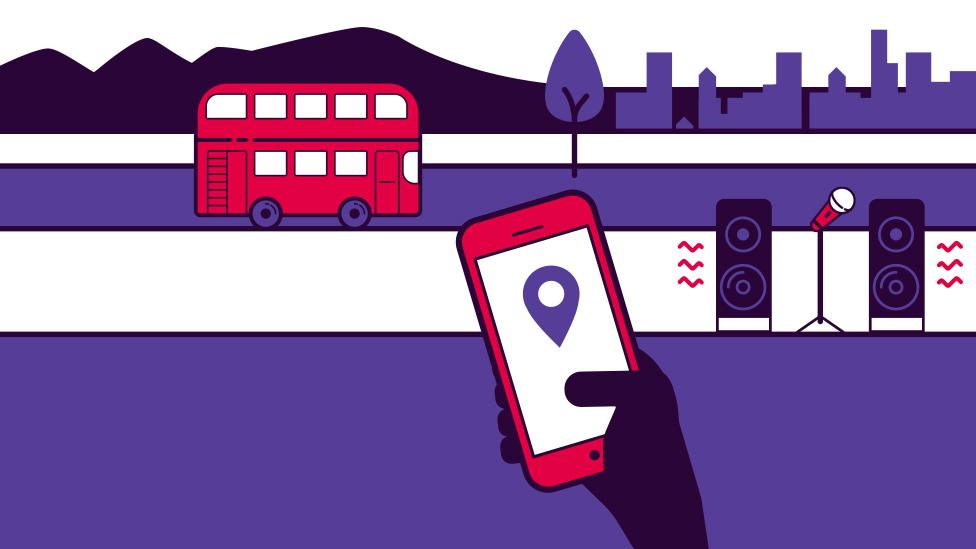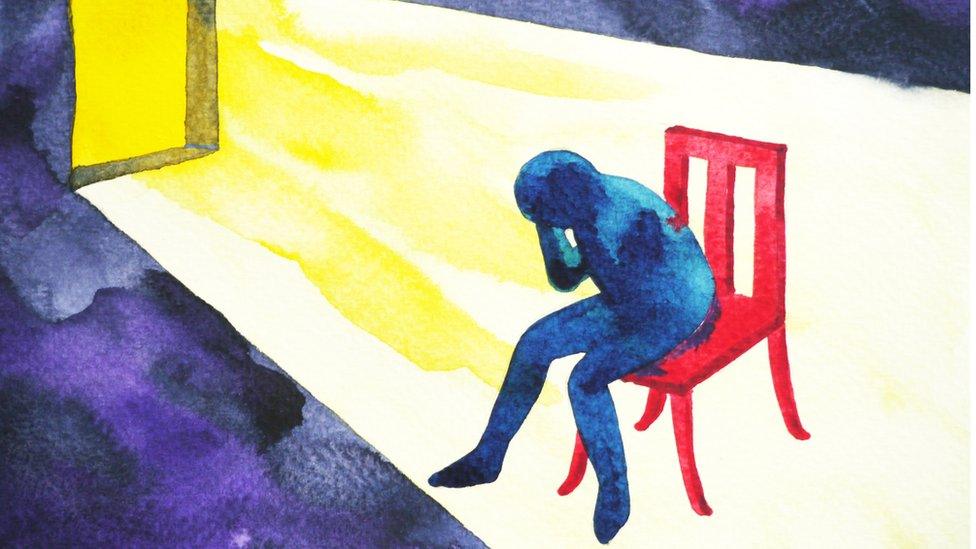Know Your Place: How we ranked areas in England, Scotland and Wales
- Published
Here is how we created a ranking of the top and bottom places to be young in Britain.
Gathering the data
For each of Britain's local authorities (LAs) we gathered data on 11 measures, listed below, that are relevant to young people.
To make sure that the measures are important to young people, we carried out a poll of 1,038 British 16-24 year-olds.
Data for rent, buses and mental health was not available in Northern Ireland, so we were not able to include Northern Ireland in our analysis.
The raw data for each LA was standardised to correct for the fact that some LAs are larger or have more people living in them than others.
For example, many young people move to Manchester so the raw numbers for youth internal migration to Manchester look very high. But we divided this number by Manchester's existing population to make it more comparable to other LAs.
Data sources
Rent - median rent per bedroom (HomeTrack, July 2018)
Bars, pubs and clubs - number as a proportion of the size of the area (Food Standards Agency, June 2018)
Music events - number of events per day (BBC analysis of Ents24 data, April - November 2018)
Sports facilities - number of facilities as a proportion of the size of the area (Sport England, Sport Wales and Sport Scotland, June 2018)
4G - percentage of the area that gets a strong signal on the four main carriers (Ofcom, July 2018)
Youth migration - net 16-24 internal migration (moving to the area minus moving away from the area) into area as proportion of the area's total population (ONS and National Records of Scotland, 2016-2017)
Age - proportion of population aged 16-25 (ONS, 2016-2017)
Claimant count - rate of 18-24s claiming Jobseeker's Allowance or Universal Credit (Nomis, June 2018)
Wild land - proportion of area that is completely natural, ie not farmland or parks (BBC analysis of Corine Land Cover 2012 data. Read more here)
Buses - average number of buses per day and total miles of bus route as a proportion of the area (BBC analysis of Traveline National Dataset, August 2018)
Mental health - number of months the area has hit its mental health target out of the past 12 (NHS Digital, Scottish Government, Stats Wales, 2017)
Mental health targets are different in each nation. In England the target is that 75% of people will be seen within six weeks. In Wales it's 80% within four weeks and in Scotland it's 90% within 18 weeks.
Turning the data into scores
For each measure, the LAs' standardised data was transformed to fit on a scale from zero to 10, where a lower score means a poorer performance on that measure.
This was done in a way that prevented one unusually good (or bad) measure from dominating a local authority's score.
For those who like the details, the transformation involved centring and scaling each measure, squishing outliers with a sigmoid function, and rescaling the resulting scores so that the best and worst scores for each measure were 10 and zero.
So for example, a score of zero doesn't mean that a local authority has no bars, pubs or clubs - it means that it has the lowest number of venues per unit area.
Each LA's total score is the average of its scores on each individual measure.
Although an LA can score between zero and 10 on any single measure, most authorities are a mixture of high and low scores so the average scores for LAs are bunched between three and seven.
When you enter your preferences to find your best place, we use a different technique to find the local authority that is closest to perfect for you.
We defined "closest to perfect" as having the smallest weighted Euclidean distance from a 10 on every measure, with the weights defined by the preferences you enter.
Because our map is based on one technique (the highest average score) and our preference calculator is based on another technique (the closest to perfect for your preferences), they don't always agree on the top three.
Know Your Place is a joint project by BBC Radio 1 Newsbeat and BBC Visual Journalism.
Follow Newsbeat on Instagram, external, Facebook, external and Twitter, external.
Listen to Newsbeat live at 12:45 and 17:45 every weekday on BBC Radio 1 and 1Xtra - if you miss us you can listen back here.
- Published6 February 2019

- Published7 February 2019

- Published6 February 2019

- Published8 February 2019
